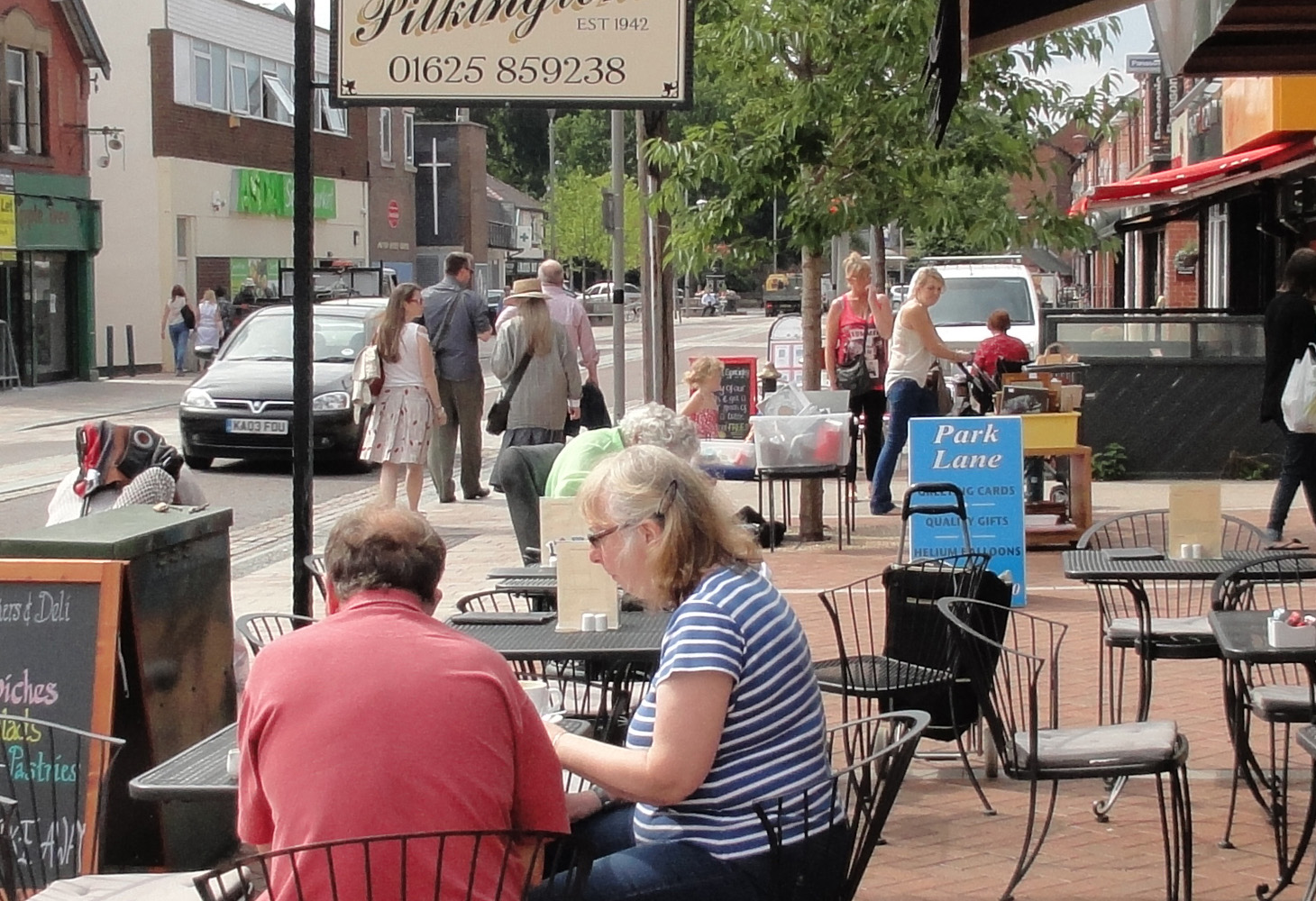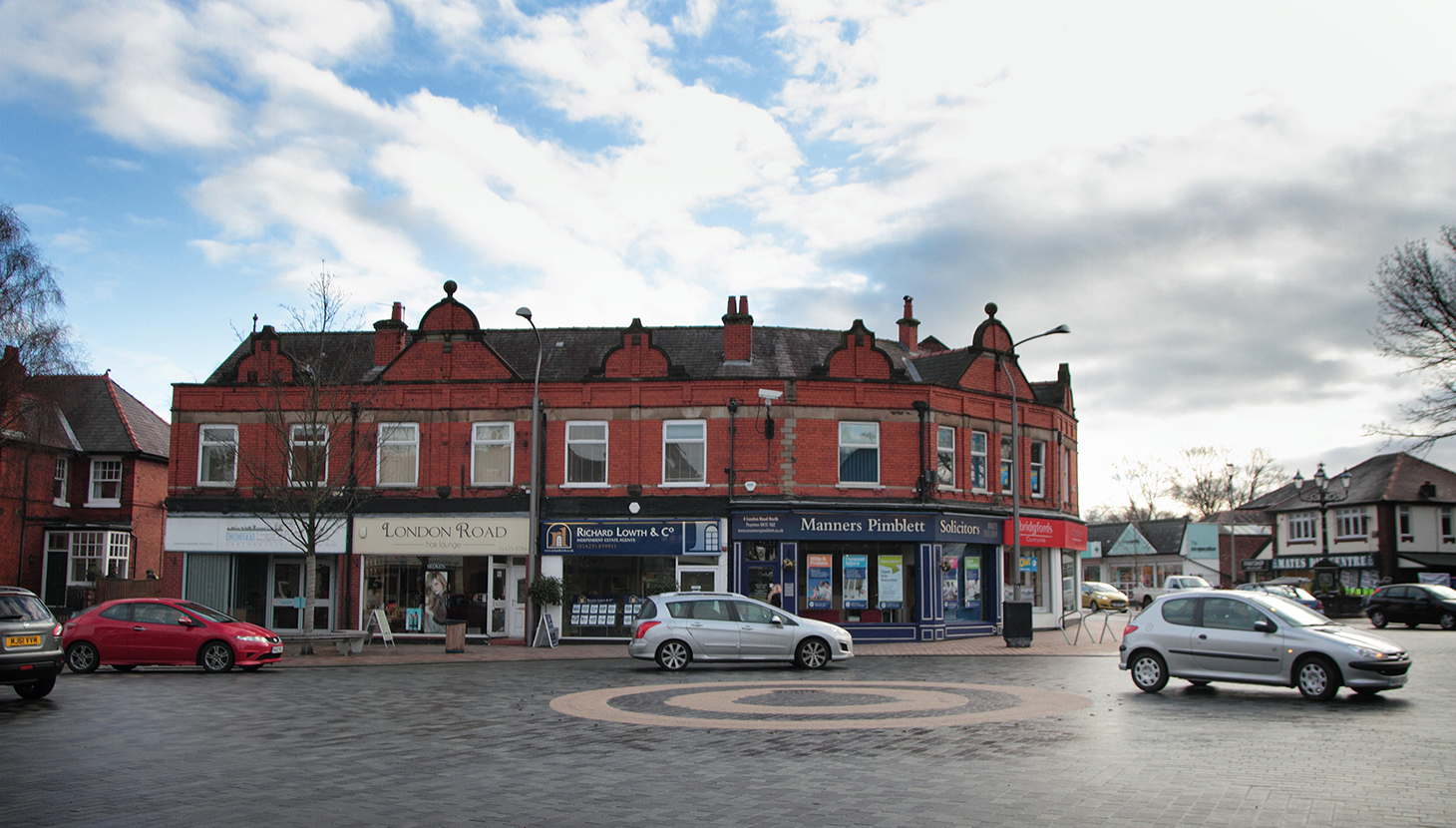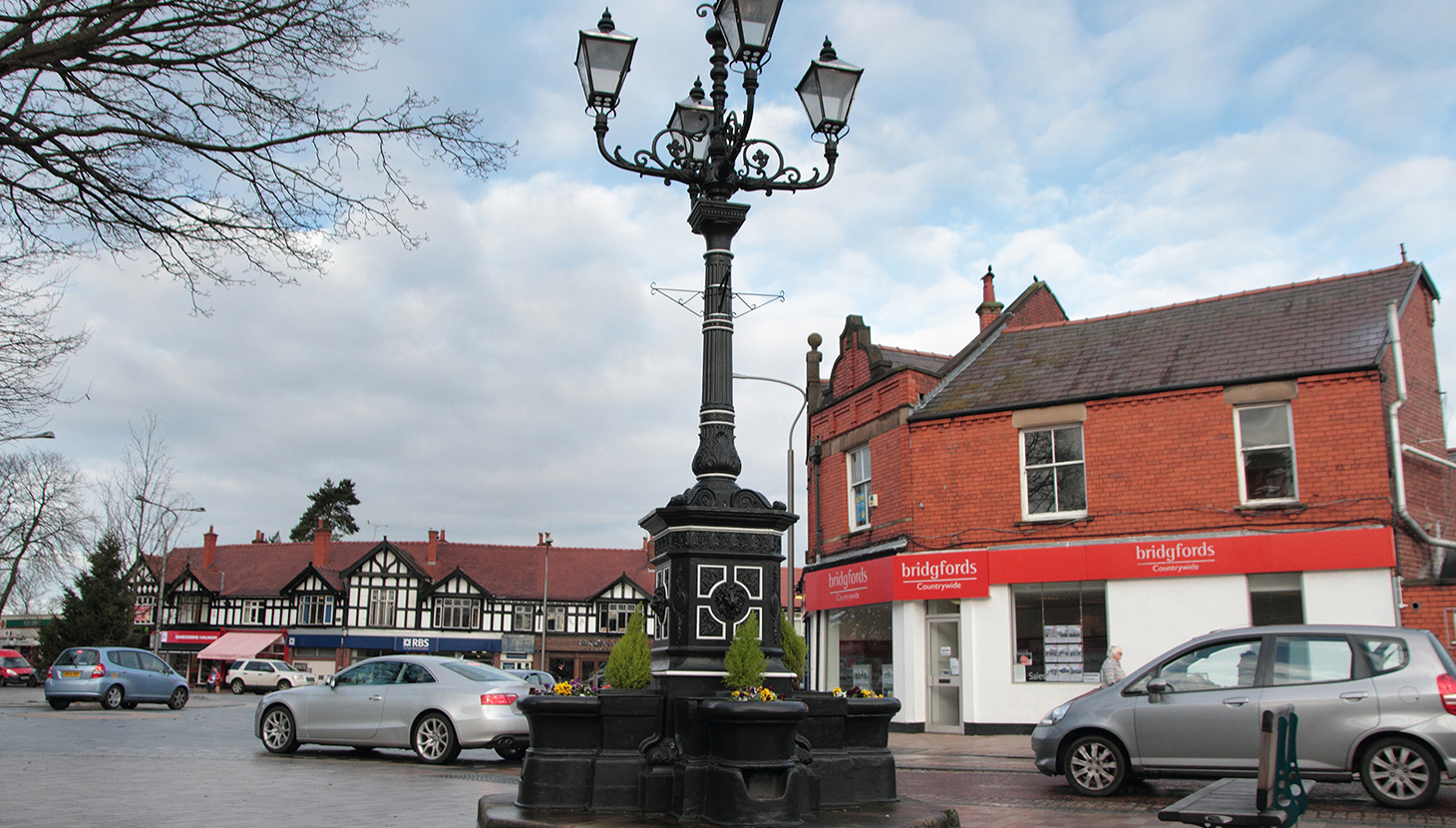 Simon Hicks argues that a risk-averse public sector, through the segmentation of responsibility and suppression of collaborative design frameworks, obstructs innovation in the design, building and management of our public spaces and streets. To support better urbanism in our towns and cities a profound structural change is needed in the way design projects are organised, facilitated and exchanged.
Simon Hicks argues that a risk-averse public sector, through the segmentation of responsibility and suppression of collaborative design frameworks, obstructs innovation in the design, building and management of our public spaces and streets. To support better urbanism in our towns and cities a profound structural change is needed in the way design projects are organised, facilitated and exchanged.
According to the late great German sociologist Ulrich Beck, an obsession with risk has permeated almost every aspect of modern society and decision-making. The public sector has been especially susceptible to adopting a cautious approach through the monetisation and manipulation of risk.
Since the 1980s, successive governments have sought to shed the ‘Big Government’ image of the post-war years by downsizing according to ideologies such as value for money, or risk transfer. The public sector did formerly have a significant centralised role in the execution and management of built projects through institutions such as the Property Services Agency, but perceived poor value for money and a number of cases of corruption in the early 1980s reflected negatively on the central government, which led to the widening privatisation of this element of service delivery. In combination with the prevailing trend for a streamline public sector, the political risks of things like corruption and poor service delivery have warranted the present situation where commercial organisations become the primary bearers of many previously public forms of project success risk. The Private Finance Initiative (PFI) is a pinnacle of the risk transfer paradigm, where even a set-term of management risks for a major public service project (such as a hospital) are held within the private sector.
In an urban context, the preference for streamlining and value for money has aided the rigorous segmentation of responsibility and risk within and across sectors. Public realm projects play a central role in facilitating public life, and their accountability and subjection to security means they are so often the arena of dispute for the many interested parties with a stake in the civic sphere. Urbanism is therefore often a substantially risky undertaking for local government as the number stakeholders is so diverse, with a spectrum of political, social and economic risks represented. Broadly, we can identify project risks – the emergence of unforeseen obstructions, delays or negligence; and design / management risks – as the challenges of meeting present and future needs through designing for human behaviour.
Project risks are entrenched in public sector organisations where the prevailing risks of service delivery correspond to specialised departments or individuals. Culpability and rigid responsibility structures mean that there are few incentives for public sector managers to stray from the procedural linear ‘problem solving’ processes, or looking beyond status quo solutions – why expose oneself to the risks of a new design when cookie-cutter blueprints for various public space features exist. Crucially, new designs also welcome the possibility of challenges from other stakeholders, whilst the status quo istried and tested. The siloed ‘problem solving’ approach may also lead to misidentification of the actual ‘problem’. For example, an authority might allocate more street space to parking in a declining town centre, only to later discover that the real footfall issue relates to inconvenient bus timetables.
In a similar vein, the need for quantifiable evidence to justify spending decisions presents obvious challenges for new ideas. In an urban context, traffic flow, footfall, parking spaces and so on form a powerful quantified evidence base,whilst the more nuanced aspects of good public realm design are not necessarily foreground when their long-term value is harder to justify. Design and management risks refer to the on-going costs of maintaining or managing a project post-completion, and the scope for design to control behaviour. They are mainly premised on the idea that unchecked social behaviour is a risk in itself, and therefore the design and both maintenance and management of a project are often used to control or to mitigate instances where people cause upset or damage. In this respect, to provide design conditioned for spontaneity and more chance encounters could bring with it its own risks for additional management or security in some cases.
By way of example, urbanism’s own de facto PFI might be the creation of psuedo-public spaces, where land is leased to a private organisation for regeneration. These pseudo-public spaces, such as Paternoster Square or Liverpool One, have come under scrutiny where the risks associated with unbridled human behaviour are controlled through design and management with, for example, segmented benches that discourage rough sleepers, or private security presence to prevent buskers, ballgames, or political protests. It is clear in such examples that the pragmatic transfer of risks from the public to the private sector in the long term can actually indirectly lead to negative externalities for some portions of the general public.
In summary, innovation is risk and at present there are few incentives for new design solutions and holistic solutions across and within sectors, especially when new solutions are imbued with new unknown risk.
Poynton’s ‘Roundel’ (borderless roundabout more or less) shared space schemes by Ben Hamilton-Baille AoU (see page 27) at Park Lane and Fountain Place offer some hope for small towns embarking on risky innovative projects without fully transferring risk to private companies. At face value, the shared space scheme at Poynton poses risks far beyond the capacity of what one might expect from a small town of 14,000 and a town council with only two full-time staff, yet the project was driven by the town council. The scheme presents risks in construction due to town centre retail obstruction, risks in design and management due to a presumption that considerate human behaviour will not pose injury risks where there is shared spaces, and project financing risks in achieving value for money and acquiring the long-term positive externalities of a renovated town centre.
Curiously, interviews suggested that it was precisely due to the fact that the high street was dying that gave them the impetus to run forward with the shared space schemes – as one spokesperson from the town councilindicated, “doing nothing wasn’t an option.” The ability to overcome risk, therefore, was not entirely driven by an agenda for creating better streets for the sake of better streets, as has been the case in the well-documented ‘Naked Streets’ and Exhibition Road schemes in Kensington. Rather, Poynton had been driven by a sense of urgency for change where the status quo was failing. It is also the case that some dedicated members of the town council played an instrumental role in lobbying for the change, advocating for the shared-space scheme, particularly in overcoming segregated responsibilities in lobbying the risk averse Cheshire East Highways department, and in keeping local residents and businesses informed and up to date with the plans – managing those who anticipated that the scheme would be dangerous. Financing for the project, characteristic of many local funding pots, has since been abolished. Poynton was delivered by a circumstantial combination of funding and local urgency, propelled through by a savvy and dedicated town council that was able to overcome the risk concerns of local planning authorities and the local community.
So what can we do to encourage ‘risky’ good urbanism where delivery is so contingent on circumstantial human interactions, access to financial or political leverage, and strong leadership? Firstly, organisational reform can help, particularly in the manner which the public sector allocates risk, and through creating better relationships across departments and beyond the sector. The public sector must be willing to burden greater financial and political risk when commissioning public realm projects to create a relational context of risk sharing across departments and sectors. An ‘all in it together’ framework may well engender a more collaborative framework for holistic solutions – both at commissioning and delivery stages of a project. How ingrained the private sector becomes in any project is not quite so clear. Poynton offers hope for innovative pursuit and cross-sector partnerships as the design in innovative and public ownership of the space is retained. However, we must not dismiss the applications of public authority cookie-cutter designs for efficient, less central projects. Similarly, fully private pseudo-public space schemes are not inherently devastating in small doses. The greatest challenge in this respect will be to create the frameworks necessary for the public sector to manage its own risks, and in turn, equip it with the means to work with the private sector to the greatest capacity.
Secondly, instituting some stronger forms of design representation in local decision-making processes might produce better design outcomes. This may be an organisational change, yet we must consider that local leaders can play a key role in driving innovative change against the odds. Acknowledging the limits of the public sector problem solving approach, designers stand to offer a more holistic overview of addressing the needs of a variety of stakeholders with designed solutions. It is not presently clear, however, if design representation should have a signing-off role, strong advisory role, or compulsory third-party role, and in reality this will often depend on local context and capacities.
Finally, the dissemination of good paradigms is essential if we are to popularise new forms of urbanism. Being risk averse reinforces the status quo, and as already identified, the incentives to break from the status quo are minimal. Creating positive feedback loops for experimental urban design is essential to challenging these self-reinforcing present models.
Of course, if I were a public sector manager, these recommendations might seem very risky. However, the greatest risk we face now is failing to take any risks at all and settling for a public realm that doesn’t serve our needs. We need to re-write the frameworks for innovation so that we might put into perspective the risks we face and bring to the fore the opportunities that a piece of city can deliver.
Simon Hicks is a Young Urbanist and research officer at the London School of Economics.
For more information on the ‘Roundel’ search ‘Poynton’ at academyofurbanism.org.uk

